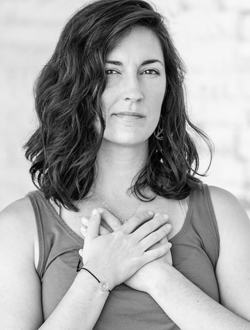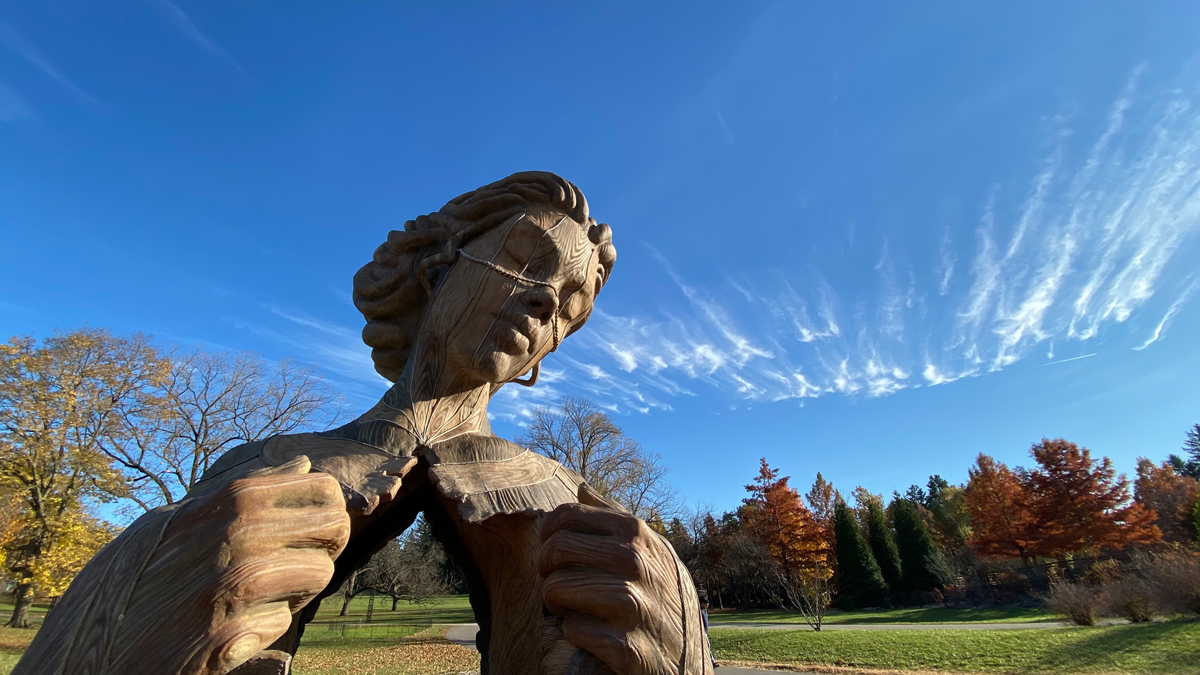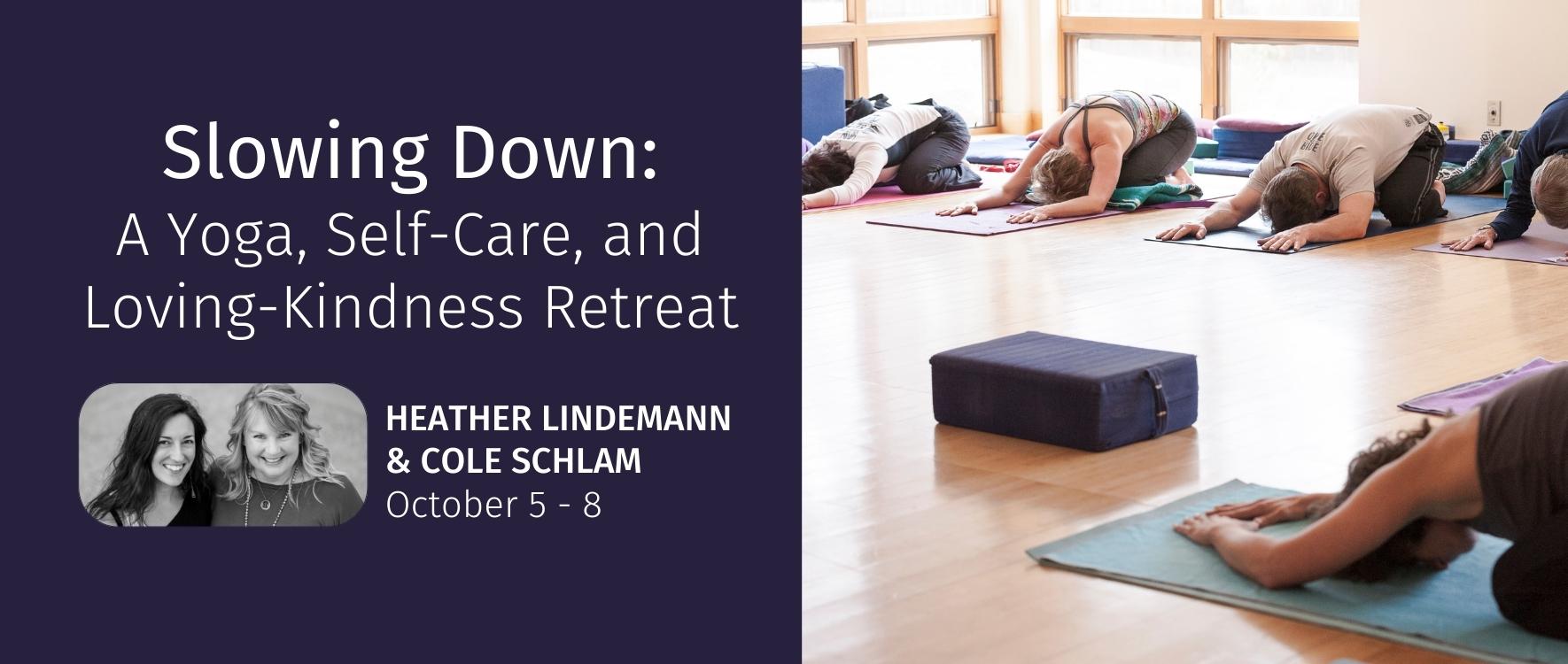Finding our way Home to the Heart
By Cole Schlam
We all go through times where we feel a sense of disconnect from ourselves. In my own experience of moments such as these, I often have no idea how I got so far off-center, though somehow, I know I’m not in Kansas anymore. Yet, the beauty of our human experience is that we all have the potential to find our way back. This journey isn’t quite as simple as following the yellow brick road however.
How is it that we find the way back and where is it that we are returning to?
Building a Foundation
In the physical version of yoga, yoga asana, we can take time to build a pose from the foundation. We firmly root whichever part of the body is connected on the ground, and build a relationship with the earth. Then, we move up the body, refining the base and the core for stability. That incremental cascade of adjustments creates freedom and expression in the rest of the body.
When life gets busy, it is harder to take time to pause, and ground ourselves and our emotions before we move onto the next commitment. When this happens frequently, it can bring us further from our own sense of stability. When we find ourselves off-center in life, what would happen if we aligned ourselves in a similar way? What if, our first step in re-centering was taking a moment to find and stabilize our foundation?
Let’s take a moment, and reflect.
What does it feel like when you are centered?
What does it feel like when you aren’t?
Taking the time to pause and explore this difference is often my first step of the path home. In these moments of being off-kilter, finding the foundation means pulling out my compass and figuring out where it is I intend to go, and where it is that I am.
Antoine de Saint-Exupery was wise beyond measure when he shared through the voice of le Petit Prince, “It’s only with the heart that one can see rightly, what is essential is invisible to the eye.” The journey inward is more of a felt experience rather than a guided tour, and from my perspective, the destination is towards the heart.
When I first began my asana yoga practice many years ago, I didn’t know how to refine a pose, or find stability in the shape. Often, I didn’t know the intention of the pose or of Yoga. That took time. It took coming back to a shape again and again until it became familiar. Until I could feel the intentions of the practice, and know them deeply for myself.
The path towards the heart is similar. If it’s been a while since we’ve made the journey, then it may take time for it feel familiar again. It may take time to build trust in ourselves to find the next step. Each time we tune our attention to the path, we start by acknowledging where we are and the direction that we are going. We build the foundation, and refine as we go.
When I feel the most centered in life, I feel at home in myself, and the way I move through the world reflects that. I feel connected to my emotions, and I am able to pause before I make decisions and respond to the experiences of life. Living with an awakened heart, to me, means living with integrity and alignment with my values and Yoga is one of my main ways of realigning.
When I roll up my mat at the end of a yoga asana practice, that is when the Yoga truly begins. The principles I practice on the mat then get put into practice as I move in the world around me.
“atha yoga anushasanam”
“Now the practice of yoga begins.”
-Sutra 1.1, Patanjali
Many of us are drawn to yoga for the movement. It feels good to move our body and breathe deeply. Beyond the movement is a call for us to move with awareness and cultivate a stronger sense of connection with our true nature and the world around us.
An Embodiment Practice
Please move in ways that are supportive of your body, heart and mind.
- Without shoes, stand up with your feet on the ground.
- Before shifting anything, pause and compassionately notice your body.
- Move your awareness from your feet to the top of your head slowly.
- As you do, what do you notice? Are your arches heavy? Is your breath slow? Are your shoulders rounded?
- Now, with as much compassion and as little judgement as you can, reflect on your current connection with your heart space.
- Do you feel a strong connection? If not, how would you describe it? This is where we begin, where we are now.
- Take a few deep breaths in, and if it feels comfortable, sigh out the mouth. Then continue to breathe with ease.
- Bring your attention back to your body, and down to the feet. Build standing pose, tadasana, from the ground up.
- Push your feet down into the ground and imagine the arches lifting up towards your body.
- Pause. Did anything change in the rest of your legs?
- As your attention travels up your legs, firm the front of your thighs.
- Move your attention up and encourage your abdomen to engage slightly up and in.
- Imagine the engagement up could continue towards your chest and lift your chest slightly higher towards the sky.
- If there is extra space, widen the shoulders.
- Pause in this version of standing. Compassionately notice your body.
- What do you notice? Has anything shifted in what you felt before you refined the shape?
- Once again, with compassion and little judgement, reflect on your current connection with your heart space.
- Do you feel a strong connection to your heart space? If not, reflect for a moment what it feels like when you are more connected to your heart space.
- From where you are now, what is the next step towards your heart? Pause and breathe with this, even if no answer comes. While you do, invite compassion in.
- When you are ready, take a deep breath, and release this exercise completely. If it feels good, you might even shake it off a bit.
What I find absolutely breathtaking is that our heart is always here. It is like when the fog of a cool dawn burns away with the warmth of the morning sun. The sun was always there—our view of it was just temporarily obscured. While our awareness of the heart may weaken at times, the heart hasn’t. At any moment, we can shift our awareness to our heart and begin the journey home.
Join Cole and Heather at Drala Mountain Center
About Cole Schlam

Statue by Daniel Popper, photo by Cole Schlam.


